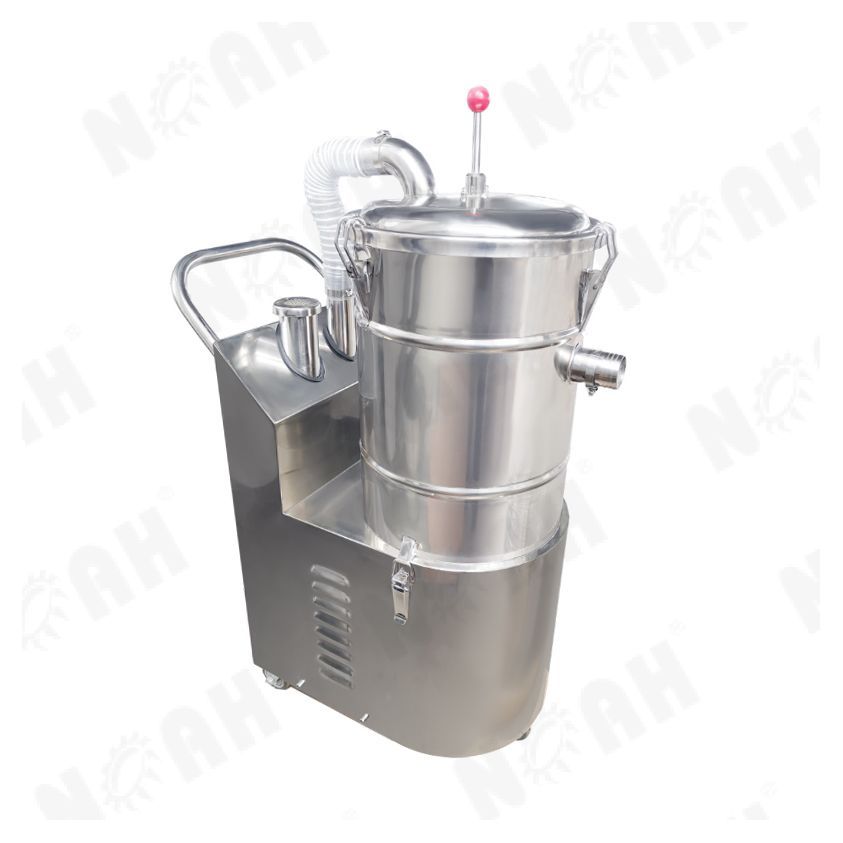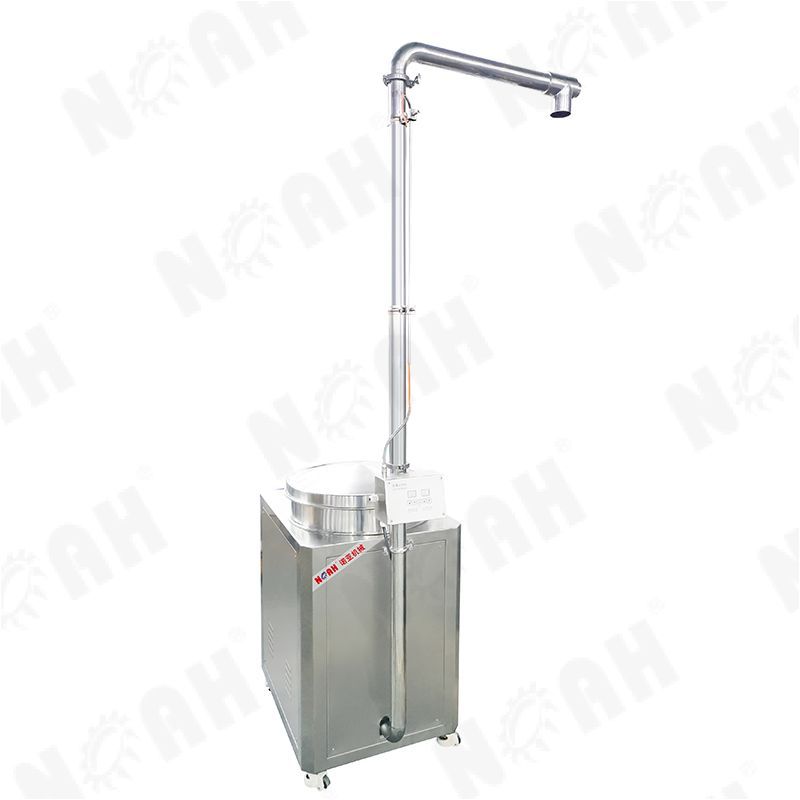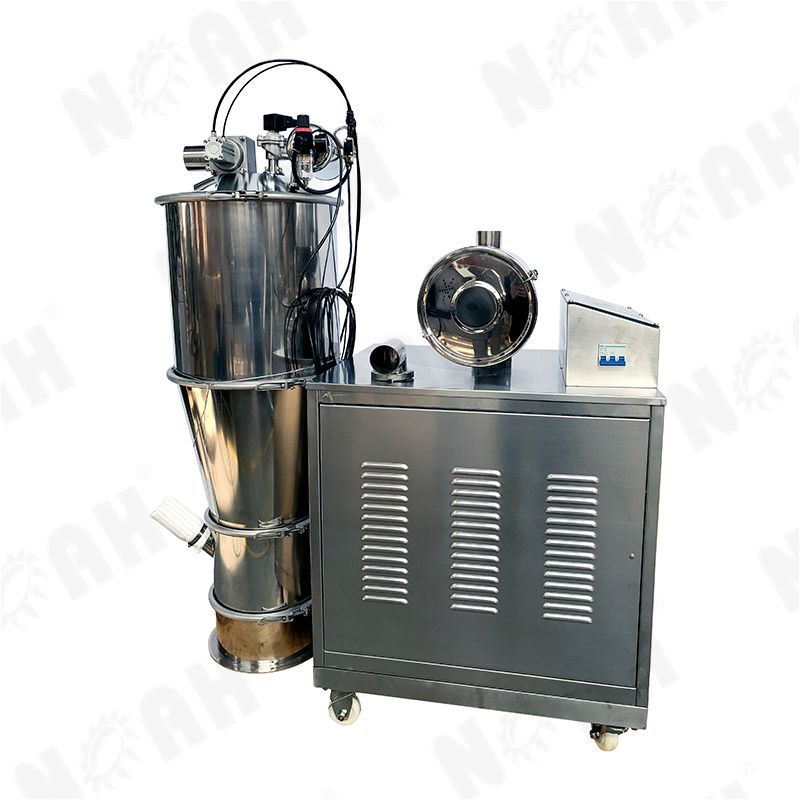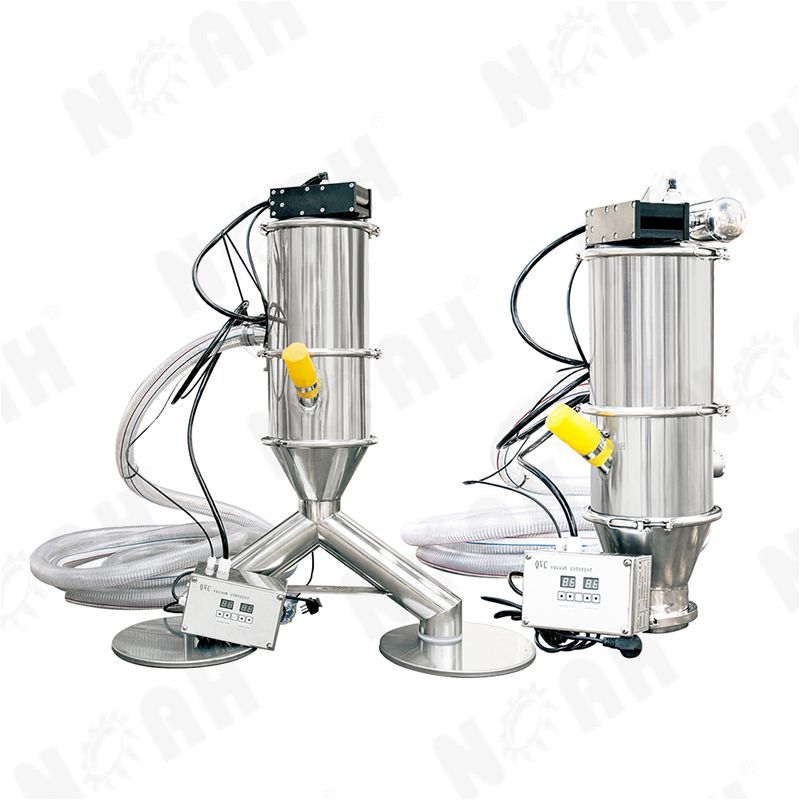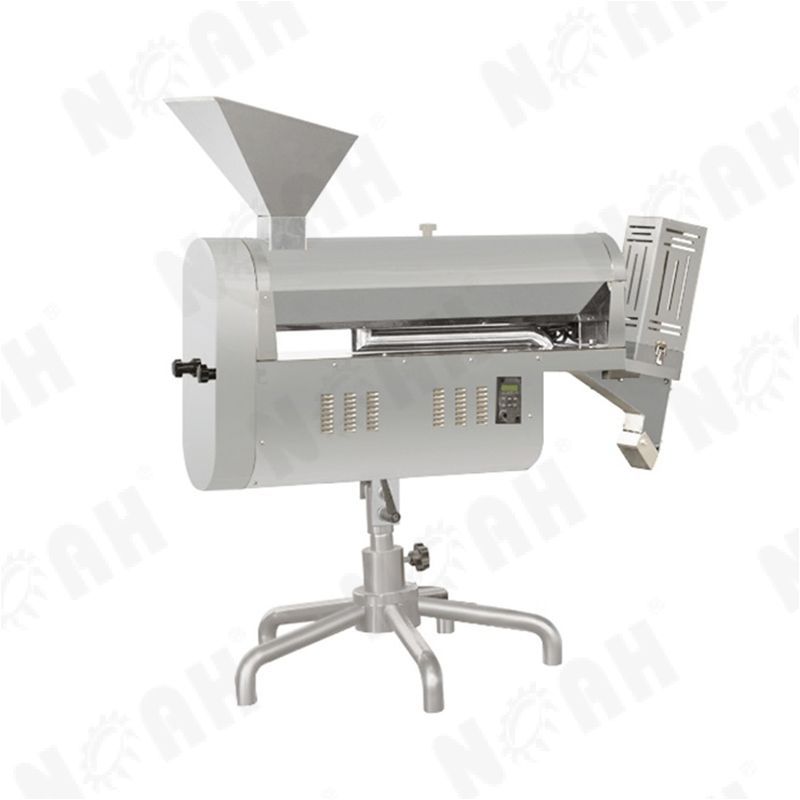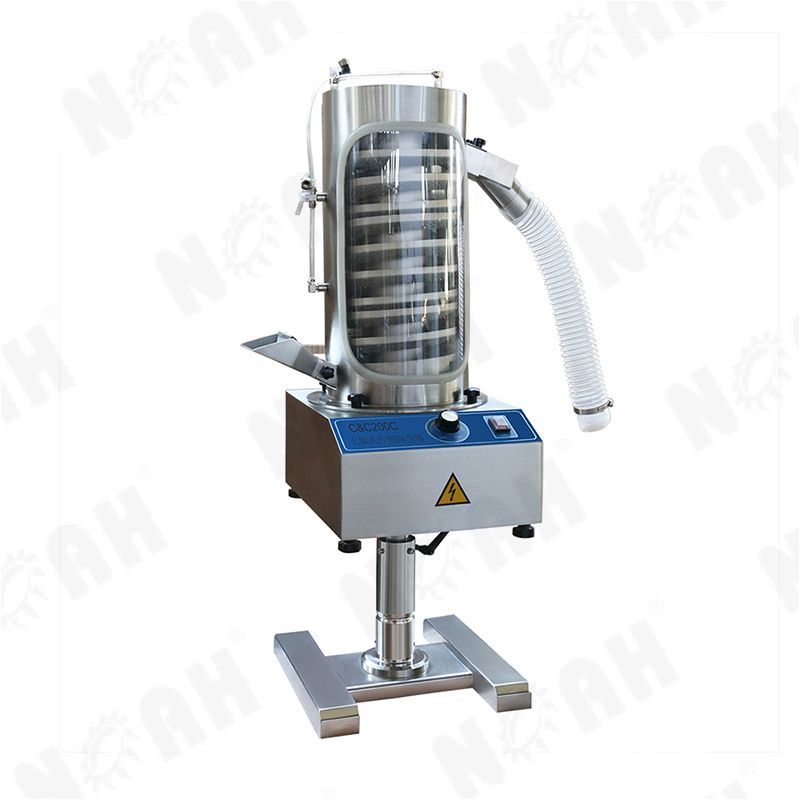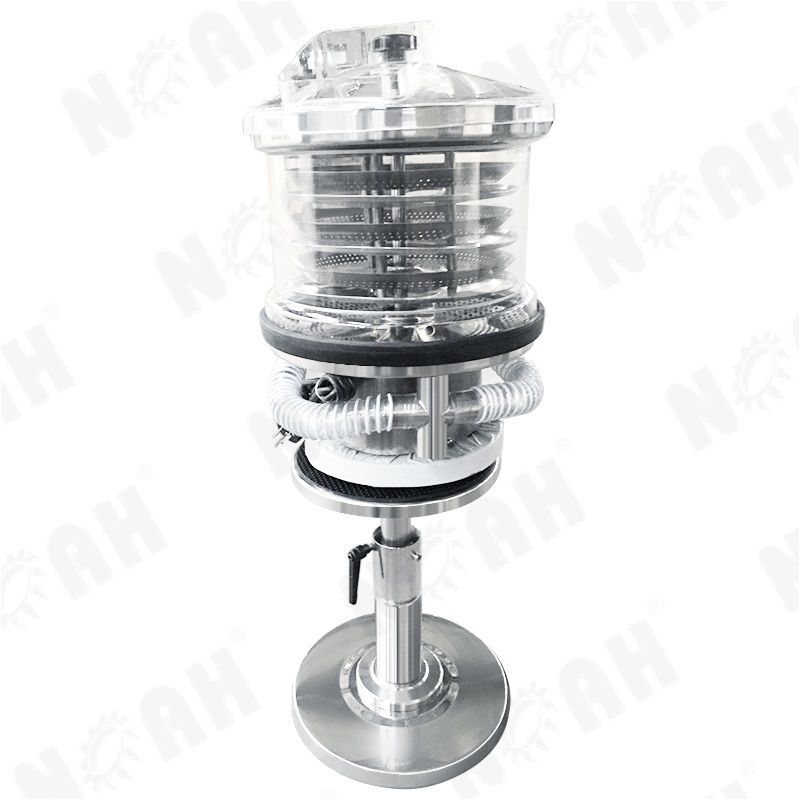Introduction:
The following investment return analysis provides insights into the potential financial benefits of investing in the GS Series Screw Feeding Machine. This analysis considers the market demand, growth prospects, and financial factors to assess the investment's viability.
Market Demand:
The market demand for automated screw feeding machines is expected to grow steadily in industries such as electronics, automotive, and manufacturing. The need for increased productivity, improved assembly efficiency, and reduced labor costs drives the demand for efficient screw feeding solutions like the GS Series Screw Feeding Machine.
Competitive Advantage:
The GS Series Screw Feeding Machine offers several competitive advantages, including its ability to handle different screw sizes and types, ease of setup and operation, and integration capabilities with other assembly line equipment. These factors contribute to its market appeal and differentiation from competitors.
Growth Prospects:
The growth prospects for the GS Series Screw Feeding Machine are promising. As industries continue to automate their production processes, the demand for reliable and efficient screw feeding machines is expected to increase. Additionally, technological advancements and emerging markets further contribute to the growth potential.
Return on Investment (ROI):
The ROI for investing in the GS Series Screw Feeding Machine can be significant. Factors contributing to the ROI include increased productivity, reduced labor costs, improved assembly accuracy, and minimized rework or defects. The ROI calculation should consider the initial investment, operational costs, revenue generation, and projected growth over a specific time period.
Cost Savings:
By automating the screw feeding process, the GS Series Screw Feeding Machine can reduce labor costs associated with manual screw feeding. It eliminates the need for manual handling and improves efficiency, resulting in cost savings over time.
Revenue Generation:
The GS Series Screw Feeding Machine can generate revenue by catering to the growing market demand. Its ability to handle various screw sizes and types makes it suitable for a wide range of applications. Revenue projection should consider factors like market size, pricing strategy, and sales forecasts.
Additional Factors:
a) Maintenance and operational costs: Consider the costs associated with regular maintenance, consumables, and energy consumption when assessing the investment's financial viability.
b) Competitive landscape: Monitor the competitive landscape to ensure the GS Series Screw Feeding Machine maintains its market position and remains relevant in the industry.
c) Technological advancements: Stay updated with technological advancements to identify potential upgrades or improvements to the machine, ensuring long-term competitiveness.
Conclusion:
Based on the market demand, growth prospects, competitive advantages, and financial factors, investing in the GS Series Screw Feeding Machine offers a favorable investment return. The potential ROI, cost savings, and revenue generation provide a strong rationale for considering this investment opportunity. However, it is crucial to conduct a detailed financial analysis and assess specific business requirements before making any investment decisions.


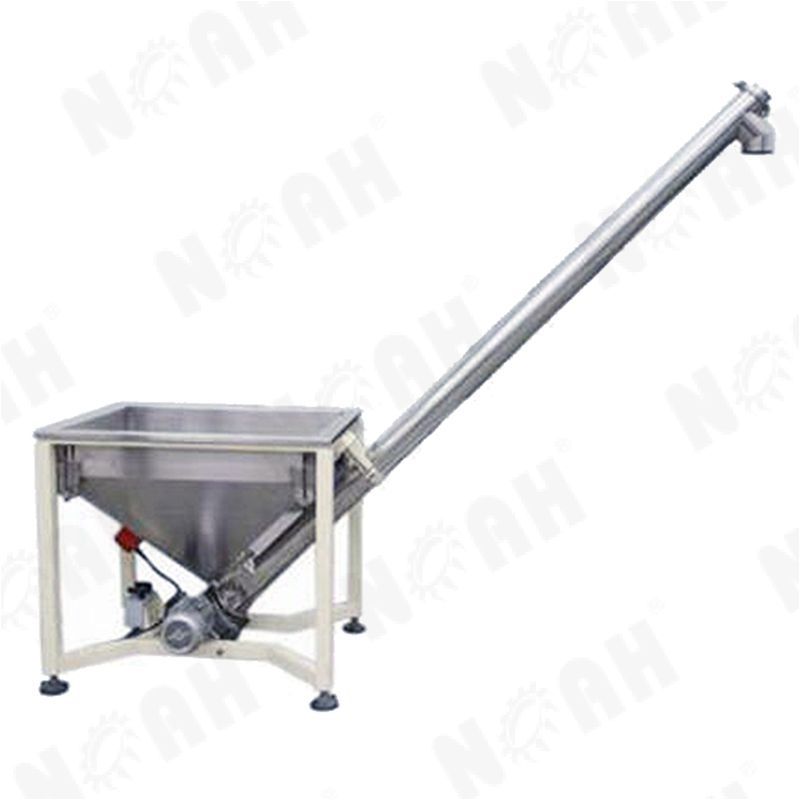
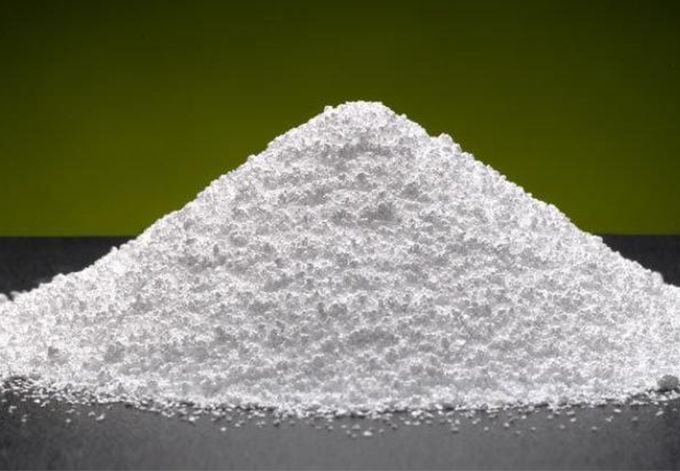
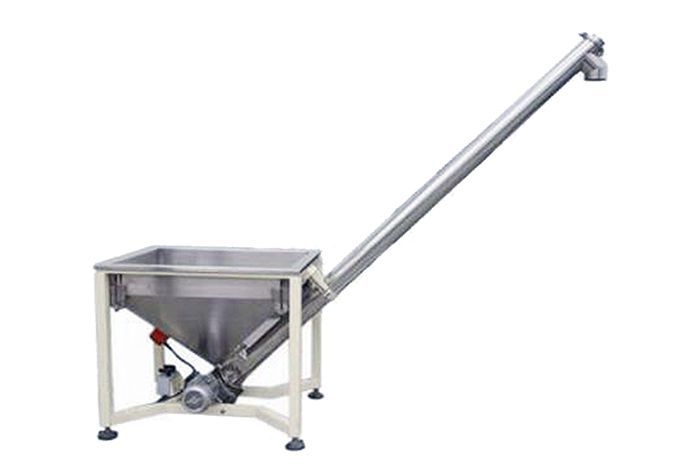

 Download
Download 
